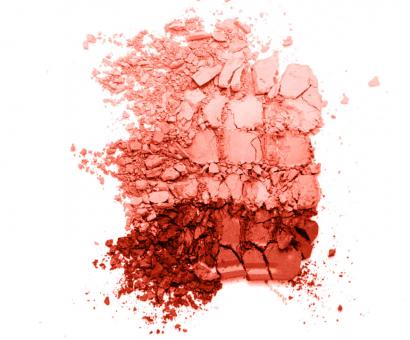The size of powders plays a very important role in the powder processing process, but their distribution is just as relevant.
this article will discuss:
- How powder size affects the surface area of powder particles
- Two methods to find out the particle size distribution
- How the results of the particle size distribution are displayed
The experts at Dinnissen Process Technology are available to answer all your questions:
Get in touch with Juul Jenneskens 077 467 3555
Powder size and surface
The size of the individual particles in a powder is one of the most important dust properties of a powder. Namely, it affects many aspects of the bulk behavior of powders, such as flow property, compressibility and explosivity. In particular, it affects the surface of the powder particles. This is important in determining the degree of interaction between the powder particles themselves and the interaction with other powder particles and any liquid.
The relationship between powder size and particle surface area is not linear. This is easy to demonstrate by calculating the volume and surface area of five spherical particles. The table shows that the smaller a particle, the relatively larger the surface area.
| r(mm) | A(mm^2) | V(mm^3) |
| 1 | 12.6 | 4.2 |
| 2 | 50.3 | 33.5 |
| 3 | 113.1 | 113.1 |
| 4 | 201.1 | 268.1 |
| 5 | 314.2 | 523.6 |

Two methods to find out particle size distribution
Of course, the different particles in the powder never all have the same size, but for some applications the size is an important parameter to know. The particle size distribution is called the particle size distribution (PSD). The PSD can be based on powder particle size and volume. Methods to find out are the sieve method or laser diffraction.
The sieve method is a fairly simple method in which the sieve tower is central. This tower consists of different sieves that become finer and finer downwards. The powder is placed in the top of the first sieve, after which the vibrating plate at the bottom of the tower ensures that the powder finds its way down. After a while it is checked what amount of powder has remained in which sieve. This method is not very accurate and gives an overall picture of the PSD.
Laser diffraction is a more accurate and advanced method of determining the PSD. With this method it is necessary to bring solids into a suspension, which is not always possible for all substances. With laser diffraction, a laser beam passes through the powder. The diffraction light and its intensity plus the angle of diffraction together ensure that the size of the powder particles and the number of powder particles are measured.
When it comes to powder particle size, different measuring instruments ensure that different diameters are also measured. For example, with laser diffraction the volume diameter is measured, but with the sieve method the sieve diameter is measured. Thus, different instruments provide different measurements for the same bulk material.

PSD results display
For the PSD, the quantitative results are usually shown in a cumulative chart resulting from a histogram or frequency chart. Normally there is one peak in the frequency distribution and in some cases there are two peaks. In a grinding process, two peaks can imply that the hammer mill is not delivering the expected performance. When interpreting the results, it is always important to realize that the distributions may differ from each other, even though they are the same group of powder particles. The results must therefore be carefully interpreted and compared. For correct and representative data, only PSDs obtained in the same way should be compared with each other.
In addition, the median or mean is often used. They represent the population of the powder particles. However, this does not give a picture of the variation in the distribution. Again, for the same powder, the median and the mean of, for example, the surface area deviates from the mean and the median of the volume.

Name: Juul Jenneskens
Advisor
Please feel free to contact me if you have any questions about this subject. My team of colleagues and I are ready to answer!
Get in touch with Juul Jenneskens 077 467 3555 [email protected]
Do you prefer to request a consultation directly?
The relationship between volume and surface area of a powder particle is not linear. As a result, powder properties change when powder particles acquire a different volume
